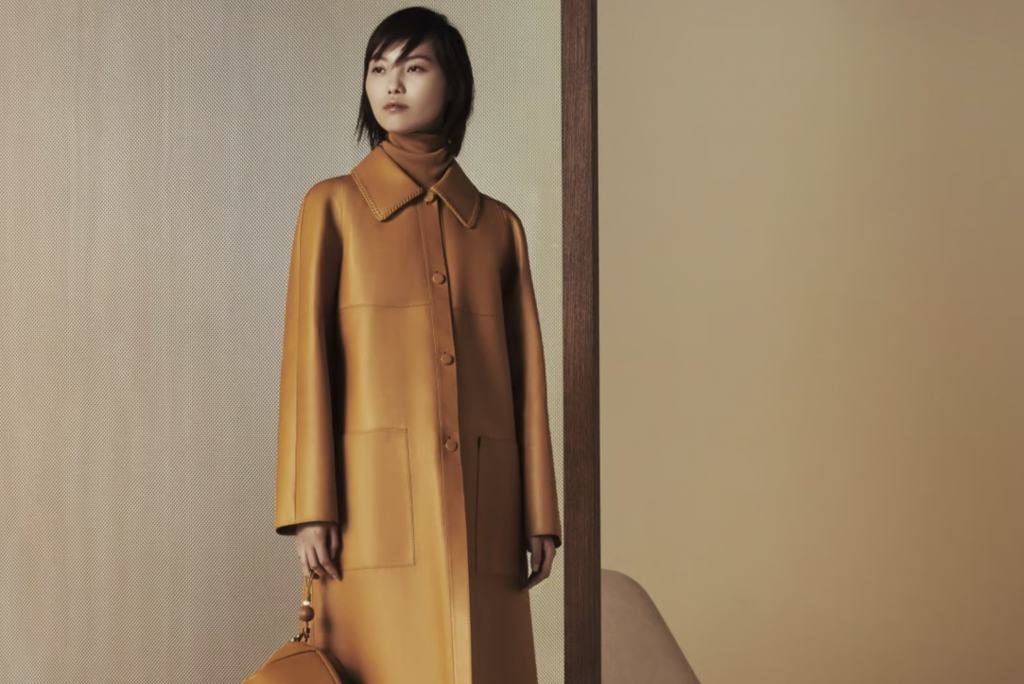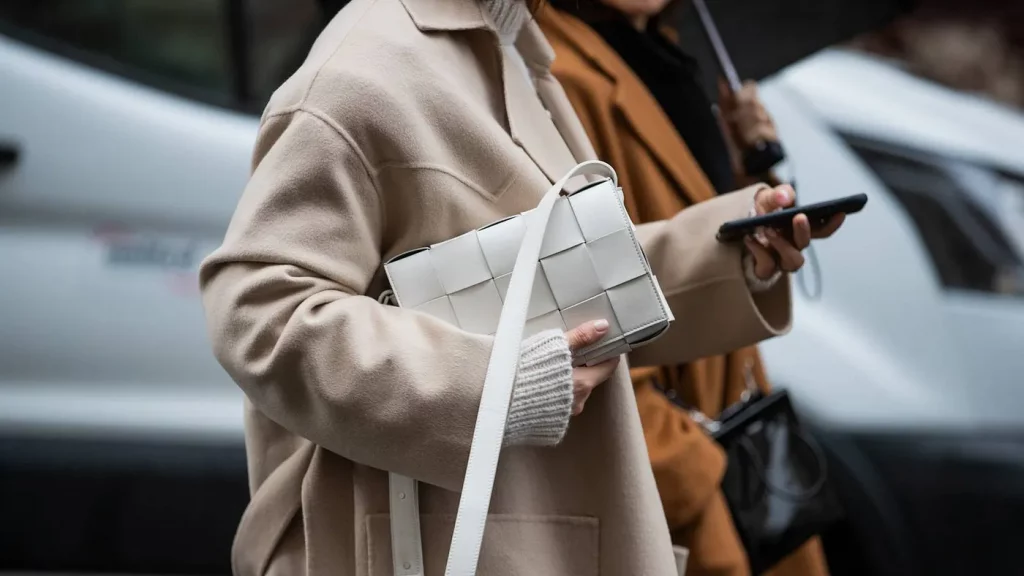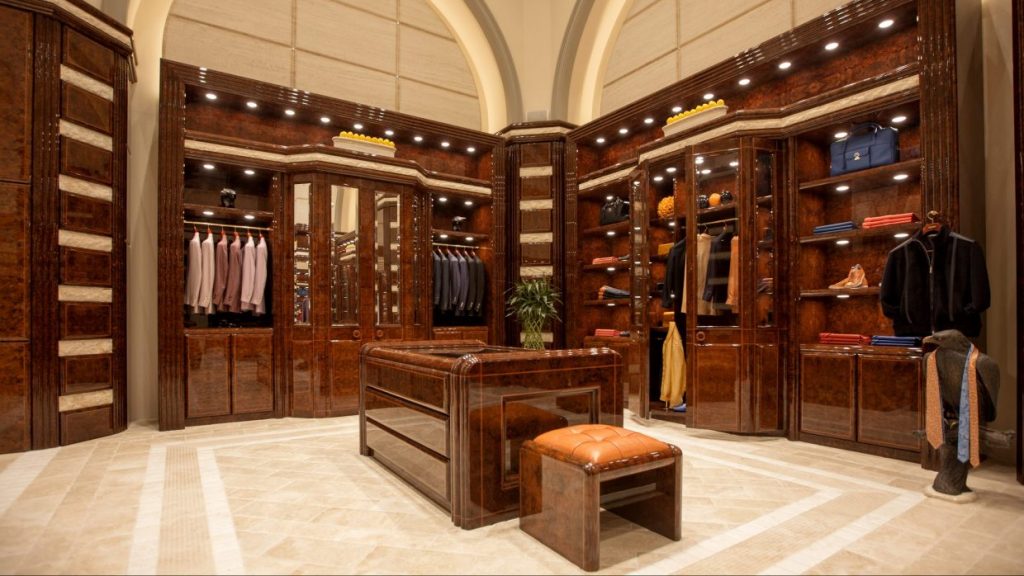Unveiling the Elegance: The Rise of Quiet Luxury in China’s Fashion Scene
In an era where ostentation once reigned supreme, a new trend has emerged on the global fashion stage – “Quiet Luxury”. This phenomenon has garnered attention globally, spurred on by influences such as HBO’s hit series “Succession.” At its core, this trend reflects the deliberate choice of the affluent and ultra-rich to adopt a basic and minimalist style, subtly embracing luxury. This shift comes as a response to economic challenges and high inflation, with individuals keen on avoiding the flaunting of their wealth ostentatiously to prevent potential animosity from the masses.
A Paradigm Shift: Redefining Luxury in China

This “quiet luxury” trend holds significant implications for the Chinese fashion landscape. For decades, Chinese luxury consumption has been marked by the pursuit of conspicuous displays of wealth, often characterized by big logos and monograms of western brands. However, this trend is evolving as the Chinese perception of luxury undergoes a transformation. The trend signifies a move away from showy statements to embracing understated, minimalist styles that convey elegance without shouting.
This shift in luxury values aligns with China’s return to a deep-rooted cultural value of “indifferent to fame and wealth.” This philosophy, often seen in historical art and philosophy, is resonating with today’s affluent Chinese consumers who are seeking higher spiritual fulfillment beyond materialism. The China Luxury Forecast 2023 Research, conducted by RFI’s sister brand Ruder Finn, reveals a significant shift in perception. Over 70% of respondents from mainland China and some 50-60% in Hong Kong now believe Chinese brands are comparable or better than western ones, especially on history, craftsmanship, elegance and relevance. In particular, Generation Z shows a stronger sense of national pride and favor of Chinese heritage than older generations. The unmet need for a more profound sense of satisfaction is sparking an interest in cultural and heritage-based luxury that echoes this traditional Chinese value.
Navigating Fashion Through “Quiet Luxury”
The fashion industry in China is undergoing a significant transformation due to the “quiet luxury” trend. Designers and brands such as Brunello Cucinelli, Loro Piana and China’s Icicle are adapting to cater to the changing tastes of consumers. Designer Kiko Kostadinov and sportswear brand Asics are launching the Asics Novalis line, focusing on “quieter products.” This approach contrasts with the flashy gorpcore styles that have dominated fashion, offering a more subdued yet elegant alternative.
In livestreaming commerce, hosts like Teresa Cheung and Dong Jie are adopting a refined and subtle approach to engage customers. Known as “quiet selling,” this approach creates a cultural and calm atmosphere during livestreaming sessions, attracting viewers through discerning insights and cultural references. Brands, platforms, and influencers are reimagining their communication strategies, focusing on storytelling and aesthetics to engage customers and create immersive shopping experiences.

The Future of Chinese Luxury: Embracing the Past to Shape the Future

As the “quiet luxury” trend continues to unfold, it’s likely to have a lasting impact on Chinese luxury consumption. The trend is not just a fleeting phenomenon but is rooted in cultural values that resonate deeply with affluent Chinese consumers. As luxury brands adapt to cater to this trend, they are exploring Chinese, Nordic, or Japanese aesthetics to create timeless and culturally-rooted pieces.
In this evolving landscape, Chinese luxury brands have the opportunity to look inward, drawing inspiration from their cultural heritage to create unique culture codes. As the trend shapes the future of luxury consumption, brands will strive to create products that offer not just material pleasure, but also align with the spiritual pursuit of “indifference to fame and wealth.”
In the end, the “quiet luxury” trend represents more than just a shift in fashion; it signifies a cultural renaissance that speaks to China’s past while guiding its future. However, the “quiet luxury” trend may also face some challenges in the future. As the Chinese economy slowly recovers from the pandemic, some consumers may revert to more conspicuous consumption patterns, seeking to display their wealth and status. Additionally, as the luxury market becomes more saturated and competitive, brands may struggle to differentiate themselves and maintain their authenticity. Therefore, the “quiet luxury” trend will need to constantly innovate and evolve to stay relevant and appealing to the diverse and dynamic Chinese luxury consumers.